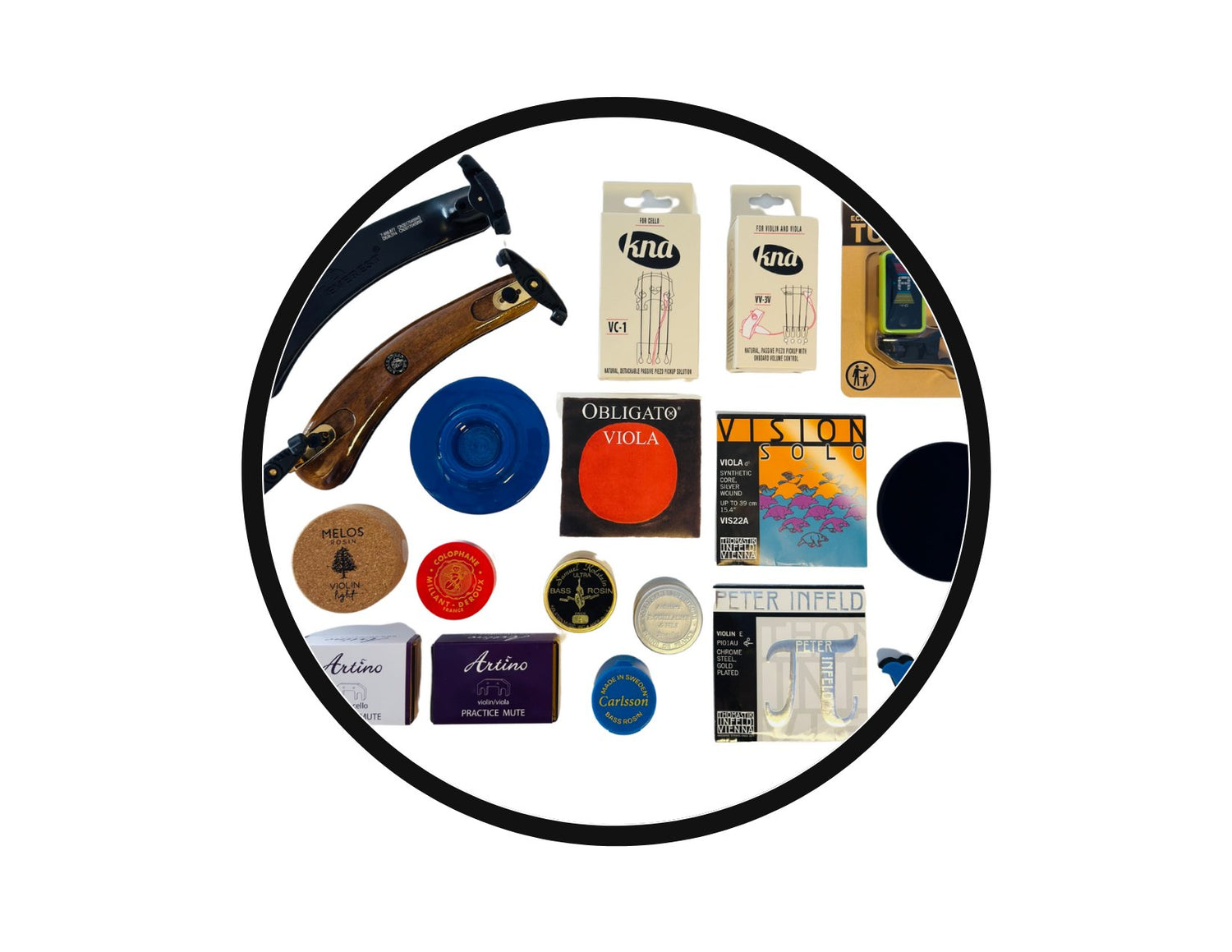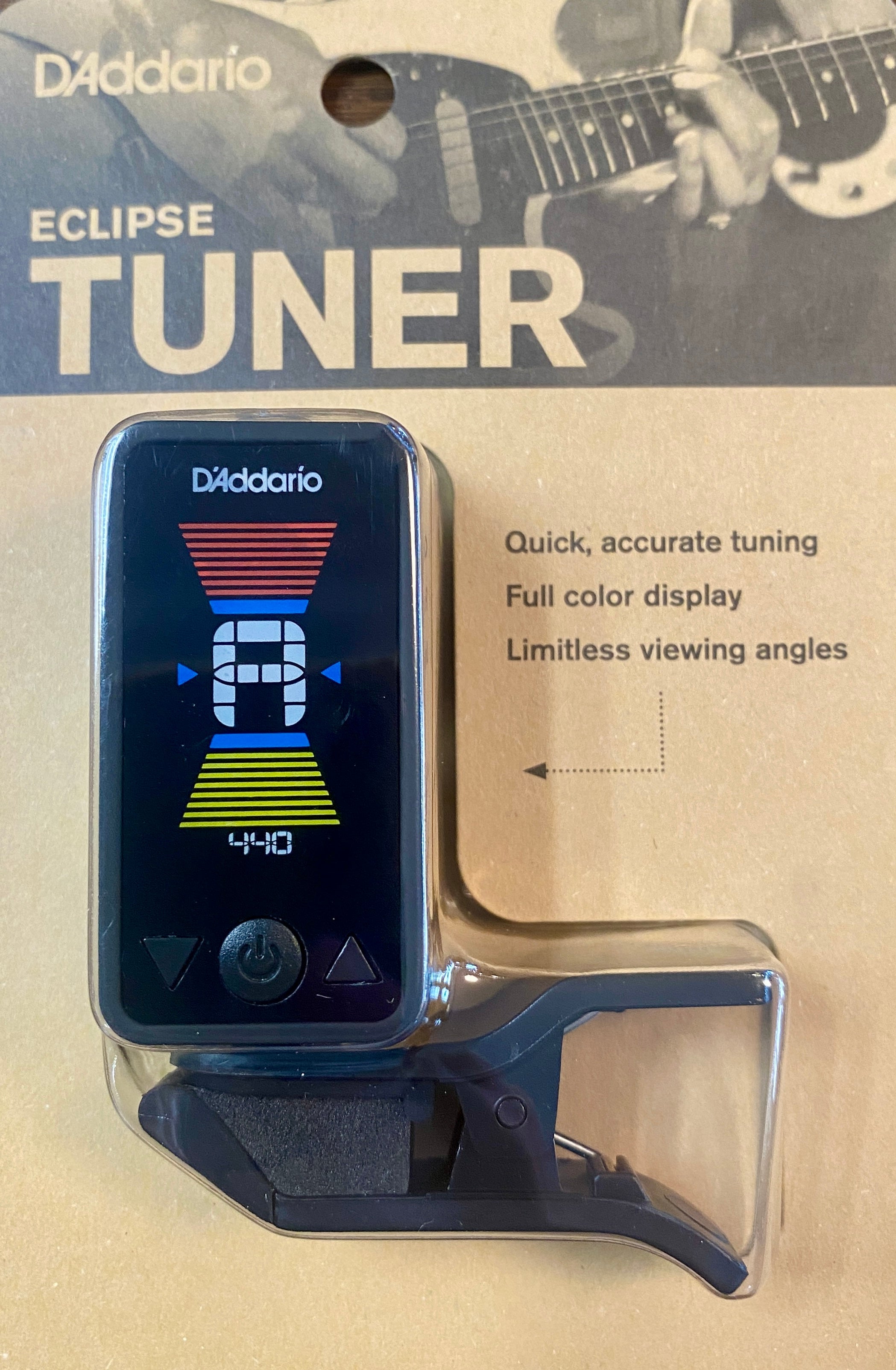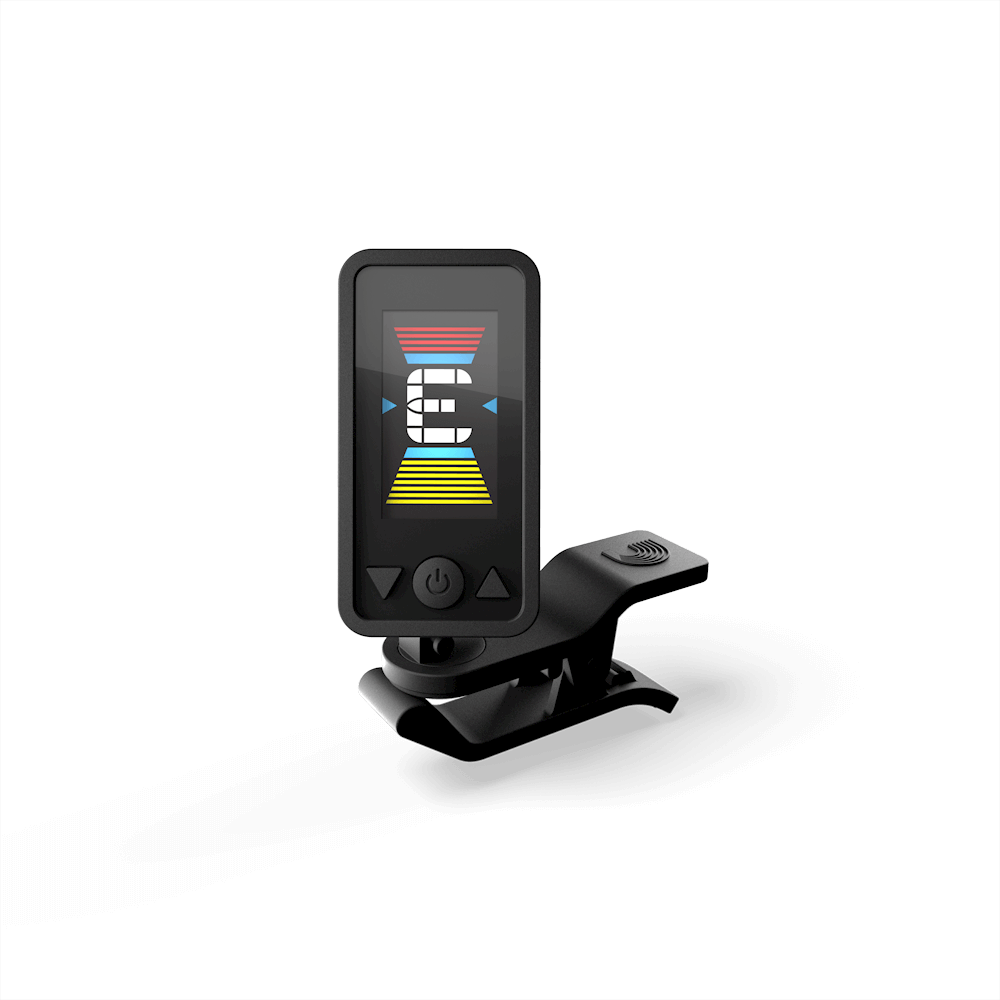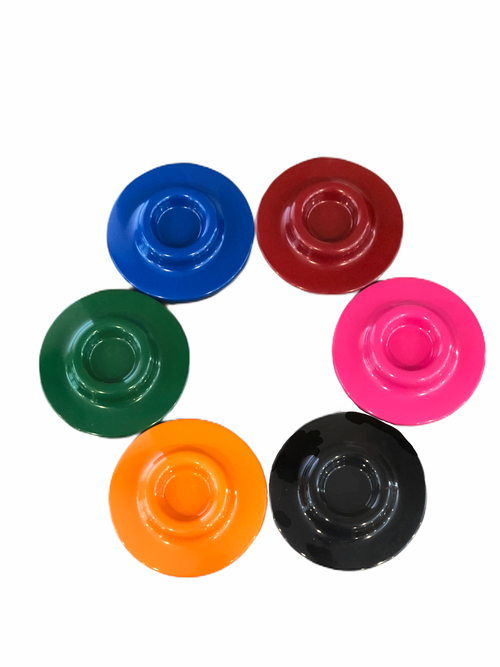Tips for Traveling with a Musical Instrument: [15 Top Tips]
Traveling anywhere with an instrument can be daunting, especially when traveling internationally with a larger instrument, such as a cello. It can automatically seem to make everything more stressful —from the security checkpoint (TSA requires that all musical instruments go through inspection ) to the possible climate changes, and the inevitable of forgetting that one thing - like backup strings. We have put together some information on how to fly with musical instruments. Here are 15 free tips to ensure your journey is smooth.
1. Choose the Right Case
A sturdy, well-padded case is essential. Look for one with a hard shell exterior to protect your instrument from impacts. Consider a case with a climate control feature to maintain a stable environment inside the case. Do not wait until last minute to find a case, "US airlines are predicted to carry 271 million passengers around the world from June 1 to August 31, according to industry trade organization Airlines for America. That’s a 6.3% increase from last summer, and a new record for US airlines".
A few of our customer favorites include:
2. Check Airline Policies
Not all airlines have the same policies for musical instruments. Some allow violins as carry-on luggage, while others might require you to buy an extra seat. Before booking your ticket, check the airline's policy. For example, Delta outlines their policies for carrying instruments on board on their website, including stating at the time of this blog that a violin will be accepted as your free carry-on bag item. American Airlines policy states that you can travel with small musical instruments as your carry-on on a first-come, first-served basis, which means you may be forced to check your instrument if you do not board early. Planning ahead with the right flight case will help in this situation. We have had stories from customers saying things like, "On one trip to, I had to switch airlines last minute because my original carrier wouldn’t allow my violin as a carry-on".
3. Secure Special Insurance
Regular travel insurance often doesn’t cover high-value items like violins. Look into specialized instrument insurance to cover potential damage or loss. This small step can save you from significant financial and emotional distress. We would also include taking photos of your instrument before you travel so you have a date and time stamp.
4. Use a Humidifier or Dehumidifier
Climate changes can wreak havoc on your violin. Use a humidifier in dry climates and a dehumidifier in humid ones. Here in Florida, we are famous for the high humidity and we recommend these 2-way Humidity Control Packets, which come in large and small options.

5. Carry Documentation
Always carry documents that prove ownership and the value of your violin. This includes purchase receipts and appraisals. Customs officers might need to see these when you’re entering or leaving a country.
6. Pack Essentials in Your Case
Keep your rosin, extra strings, a tuner, and cleaning cloths in your case. You never know when you might need them. Just imagine getting ready to perform in Paris and your E string snaps, having a spare in your case could let the show go on.
7. Avoid Checking Your Instrument
Always try to carry your instrument on board, including violin and cellos. Checking them can expose them to extreme temperatures and rough handling. If it must be checked, use a hard flight case and mark it as fragile. Our professional cellist, Mikel Thomas, advises, "Traveling with a cello specifically - buy a seat for it - put the cello against the window with a seatbelt extender and preboard."
8. Stay Calm at Security
Security checks can be nerve-wracking. Be polite and explain that you have a delicate instrument. Be prepared to open your case for inspection, most officers will be understanding of the instrument's sensitivity.
9. Label Your Case Clearly 
Include your name, address, and contact information inside and outside your case. If your instrument gets lost, this increases the chances of it being returned to you.
10. Consider Climate-Controlled Storage
If you’re staying in one place for an extended period, look into climate-controlled storage options for your instrument. This is especially important in places with extreme weather conditions.
11. Be Mindful of Weight Limits
Check the weight limits and dimensions for carry-on luggage. A violin in a hard case can be heavy, a cello can be heavy and bulky. Some airlines are strict about these limits, and you don’t want to be forced to check your instrument last minute. The U.S. Department of Transportation does a great job outlining the ruling on musical instruments, and they further go on to a separate web page with more specific information, even providing a travel tip guide.
12. Book Flights During Off-Peak Times
Flying during less busy times increases the chances of overhead bin space being available for your instrument. Early-morning or late-night flights tend to be less crowded and easier to maneuver through the airport and boarding and deboarding planes.
13. Dress Comfortably
Wear comfortable clothing to make it easier to handle your instrument and other carry-on items. You’ll be more agile and less stressed when navigating airports.
14. Stay Informed About Local Customs
Research the musical culture of your destination. In some countries, musicians are highly respected, and you might receive special accommodations. During trips to Italy, we have found that many venues offered secure storage for instruments.
15. Practice Patience
Traveling with an instrument requires patience. From explaining your situation to airline staff to waiting through security checks, maintaining a calm demeanor helps. Remember that every musician traveling goes through challenges, especially internationally.
Traveling with your instrument can be smooth with a bit of preparation and the right mindset. By following these tips, you’ll ensure that your violin, cello, viola or any other instrument you carry stays safe and sound, ready to be played wherever you go. Have questions or need help, contact us and let us help make your trip stress-free and enjoyable.
Here are some additional tips to protect your instrument from the heat and cold from one of our previous blogs.





